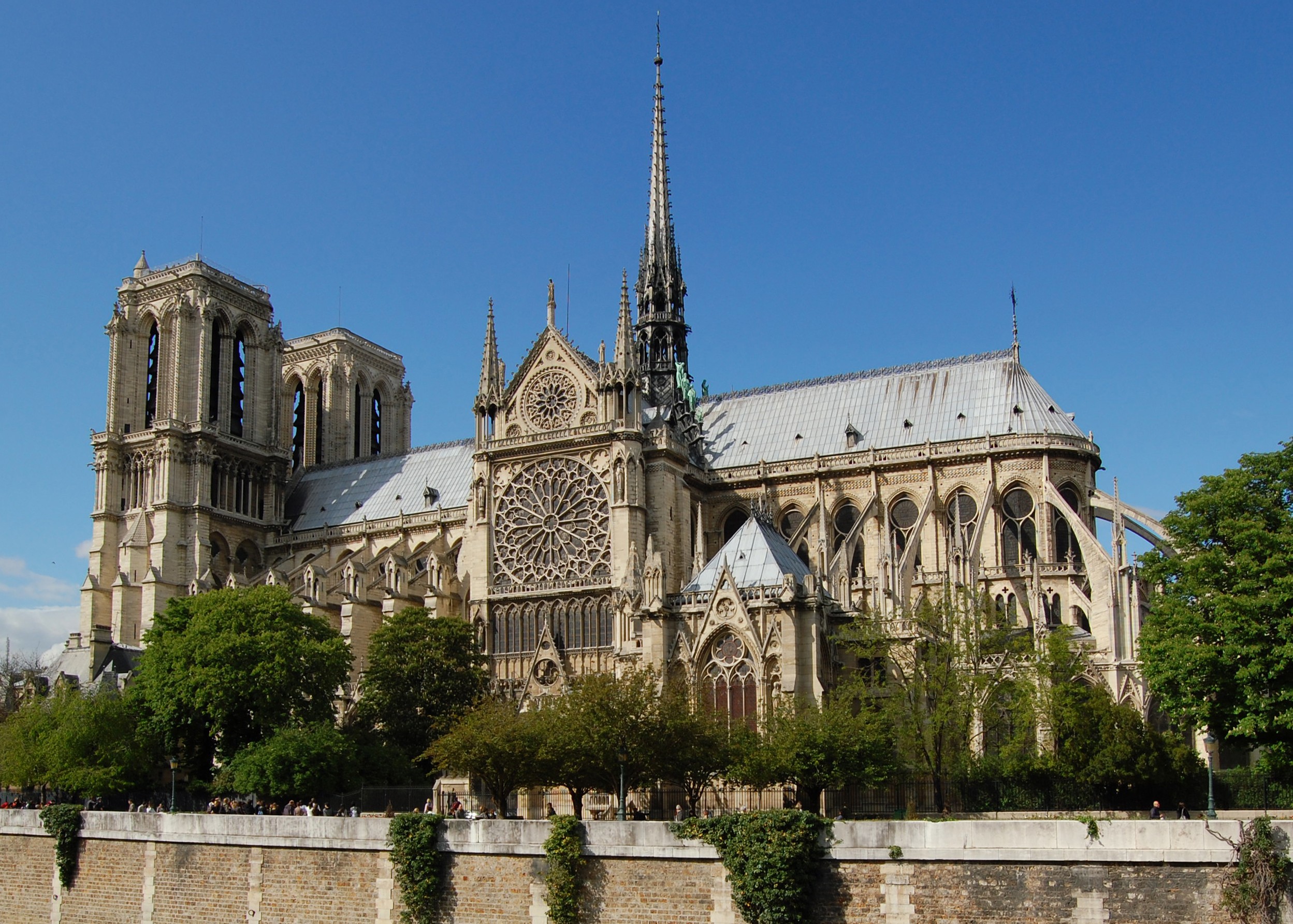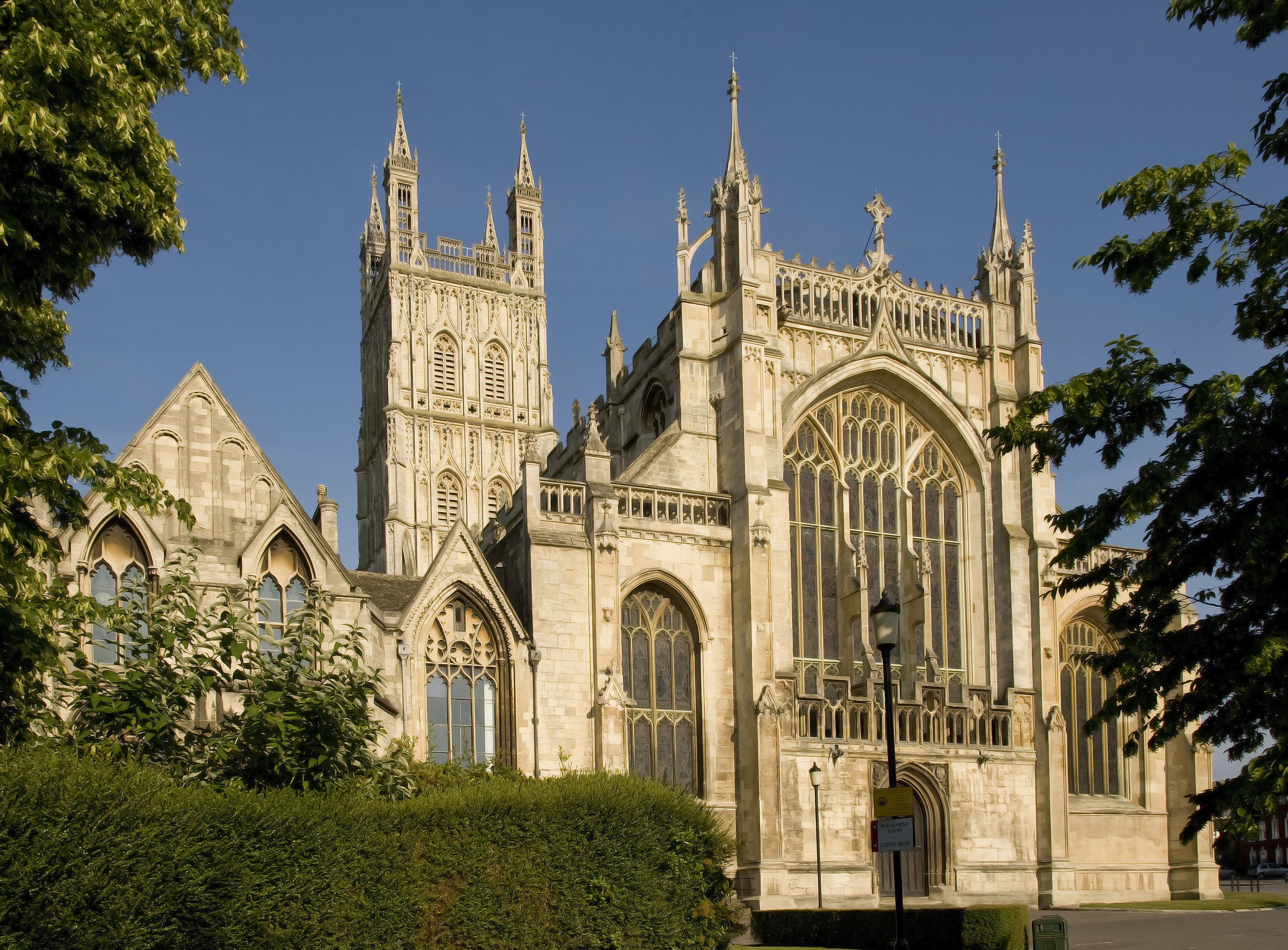
In my Potato Peel Pie book club we are reading a little Chesterton every week. And by “little,” I mean one essay every Sunday from In Defense of Sanity. Each week we read and reflect on one short essay or article from G. K. Chesterton and play with the ideas he articulates. Some of the essay are hilarious, some astute, some poignant, and some artistic. Nearly all, however, pair well with a cup of coffee and seem to hit the spot on a Sabbath afternoon. In this article I am ruminating on “The Architect of Spears” from Miscellany of Men and my take on what he has said.
“It is said that the Gothic eclipses the classical by a certain richness and complexity, at once lively and mysterious. This is true; but oriental decoration is equally rich and complex, yet it awakens a widely different sentiment.” – The Architect of Spears
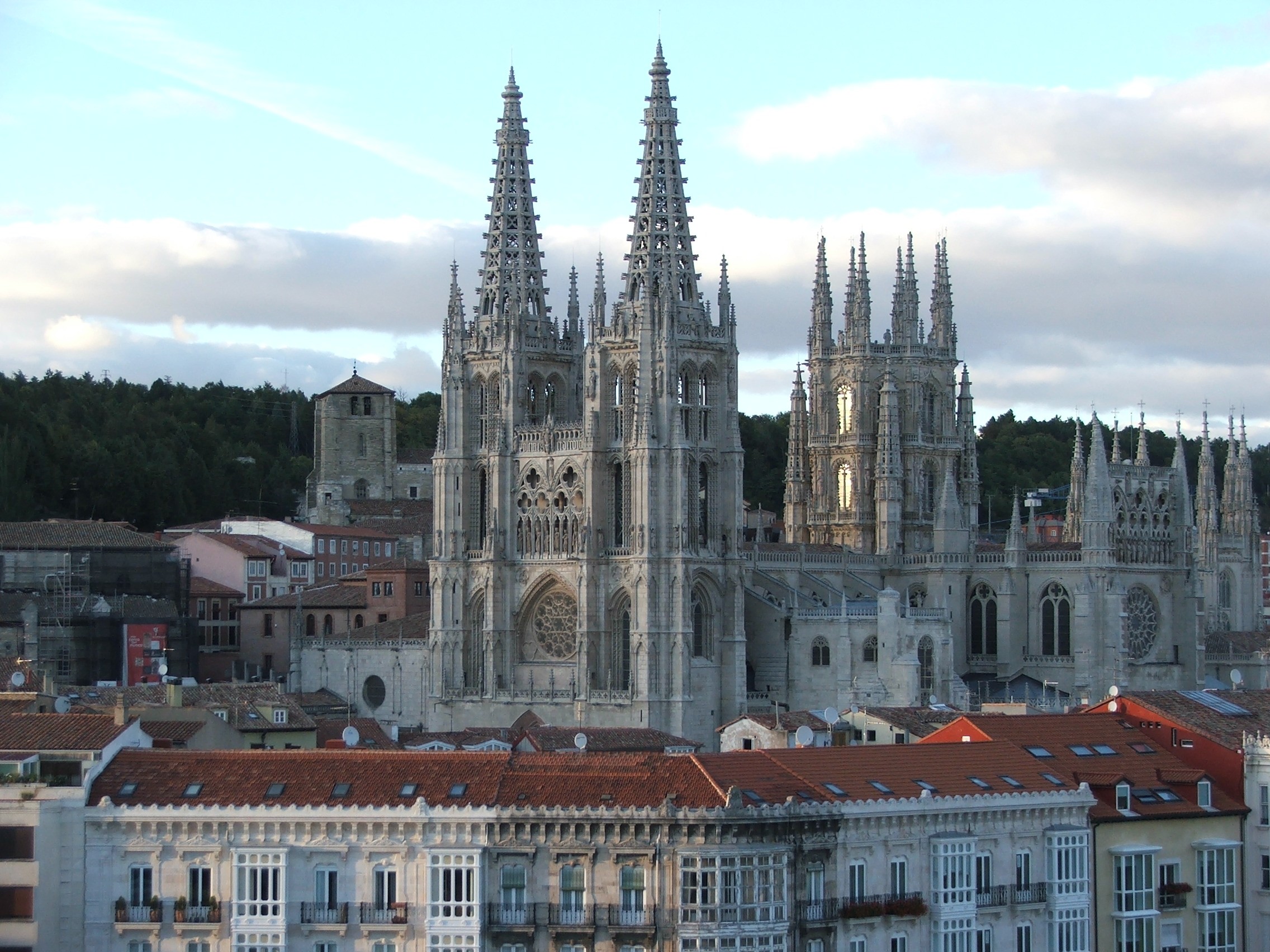
I emphatically agree. I love how he says things that we intuitively know, but don’t notice as being true. It seems inappropriate to say that there is something about Gothic architecture that inherently communicates something spiritual. It seems as though the modern philosopher would say that if we have any religious association with Gothic architecture it is because we were trained to do so. Perhaps that is right. None the less, I cannot change the fact that as early as sixth grade I knew that there was a spiritual difference between the Taj Mahal, a Chinese pagoda, and the Cathedral of Notre Dame.
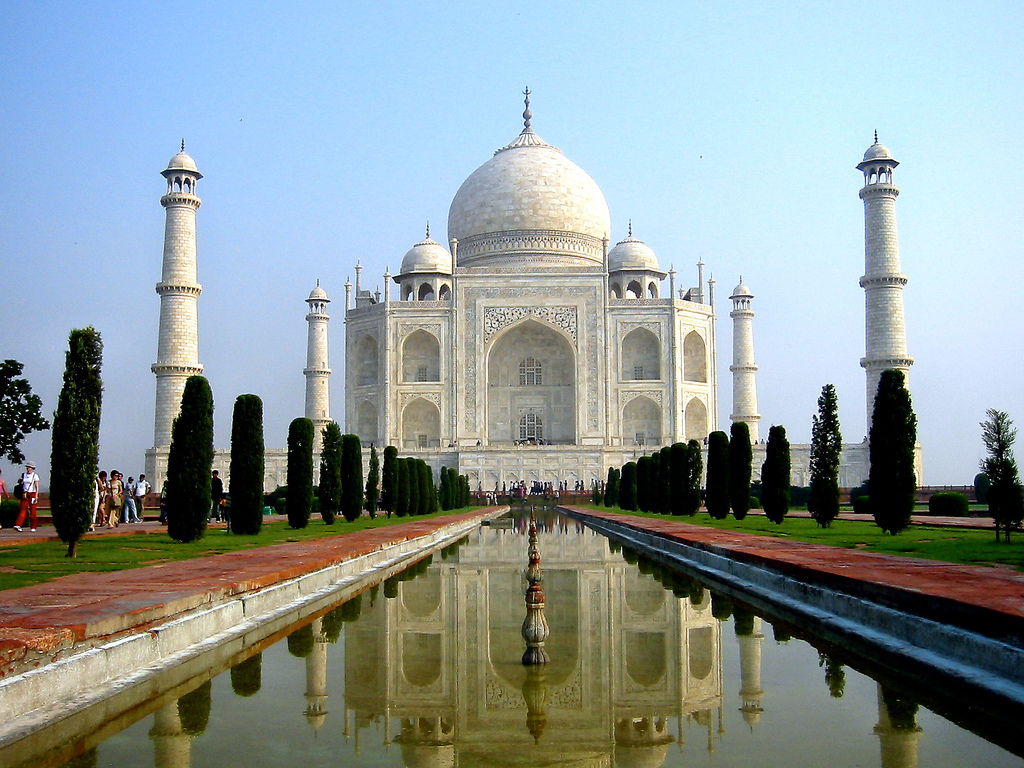
In my sixth grade social studies class my teacher took us on a world tour. In each region of the world we studied religious architecture. I remember being impressed by the peacefulness of the Taj Mahal. That beautiful rounded dome sat beside a serene pool with a cool sky as a backdrop. I remember thinking that that religion must be one of quietness, stillness, peace, and contemplation.
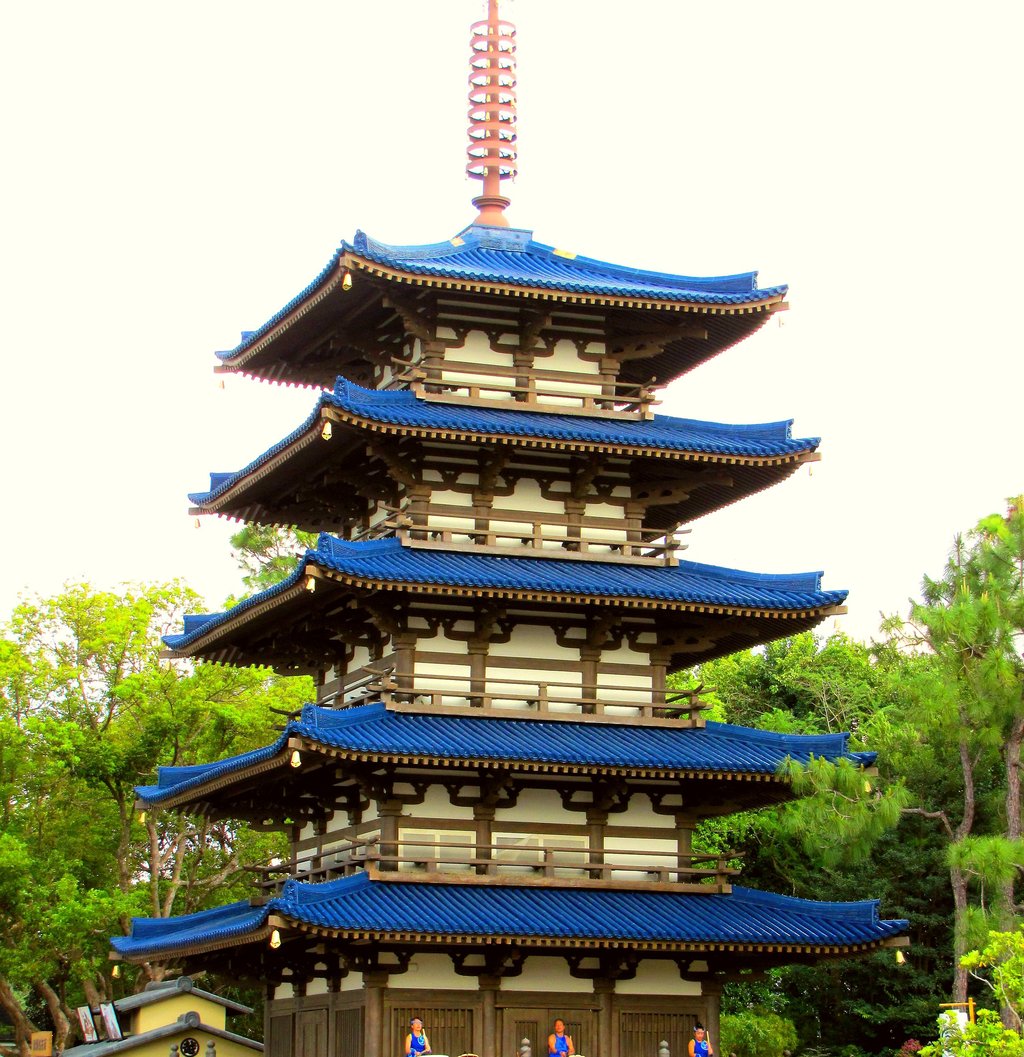
I remember studying a Chinese pagoda in detail so that I could build it out of sugar cubes. I remember thinking about how precise it was. How geometric. How organized it’s beauty was. I remember thinking that that must symbolize something organized and balanced and precise about the religion of those people. Something about order and the ordering of energy.
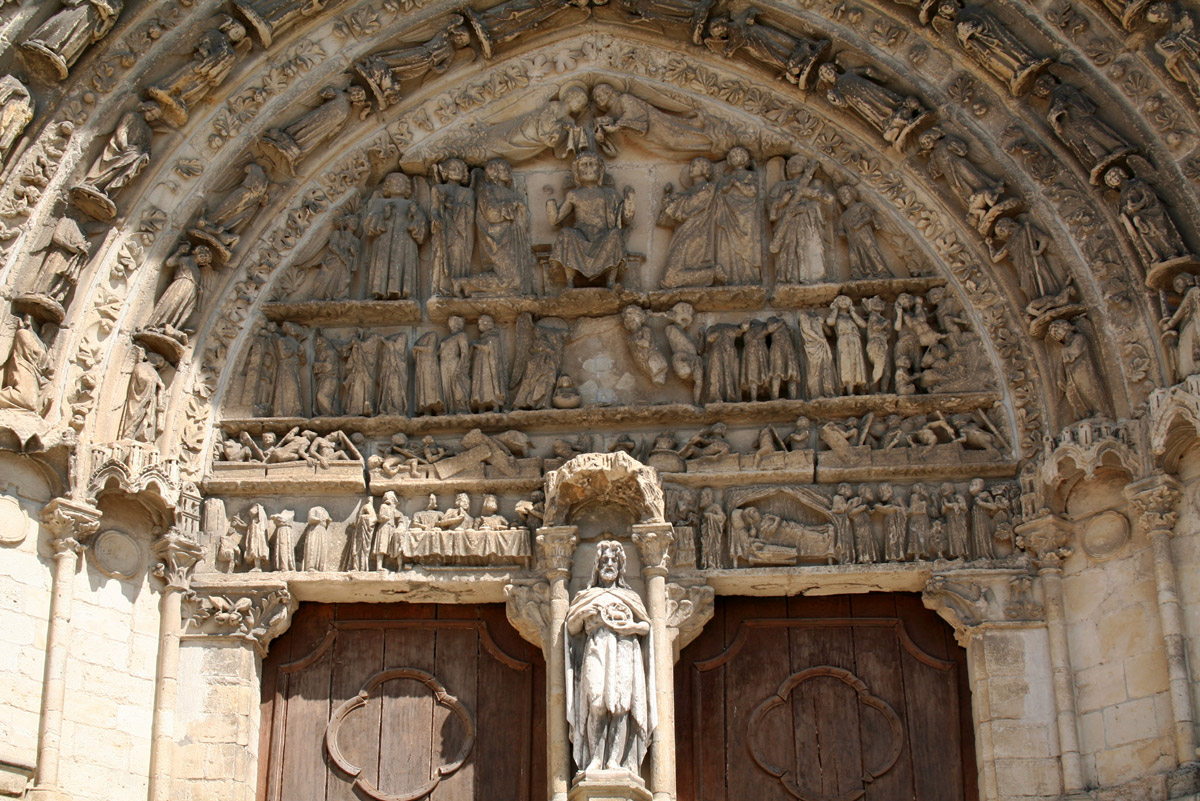
My parents took me to Europe when I was at the very end of my second grade year. We walked through a lot of cathedrals. We saw a lot of gargoyles. We heard stories about a lot of peaks and spires. I remember walking away from that experience with the clear understanding that cathedrals represent the war between heaven and earth. As man’s soul tries to climb towards heaven, it does so in a garish and assaulting way. It must pull free of all of the earthly trappings and become smaller as it goes higher. The gargoyles remind us that the spiritual world is all around us and both beautiful and hideous. Gothic cathedrals have an ugly kind of beauty. A poetry that communicates that man’s very best effort at beauty will always fall short of the ideal but be better than no attempt at all.
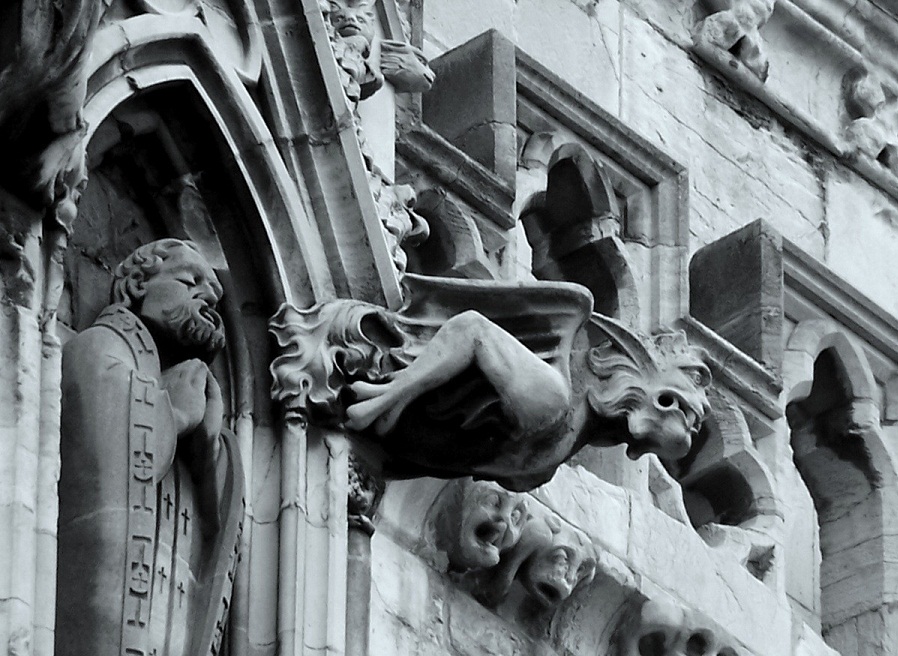
I really appreciate Chesterton’s short essays like this because they give me the opportunity to play with ideas. In this case, I was taken on a trip down memory lane. As he described the architecture, my mind was flooded with childhood memories of Cathedrals as well as other religious houses. Chesterton prompted me to revisit childish impressions with adult understanding. And exercises like that are satisfying on several levels. While he could not have known that this reader would be taken back to childhood, he probably assumed that many of his readers would be. Since Cathedrals are so commonplace in his homeland, this essay probably struck a childish nerve in many as it did in me. And that, really, is trademark Chesterton. Joseph Pearce’s biography of G.K. Chesterton is entitled Wisdom and Innocence because that was the hallmark of Chesterton’s writing. GKC put a high value on the wisdom and innocence of childhood that we, as adults, must strive to recover. Perhaps as we try to ascend to heaven like Gothic spires, we must become small again.
